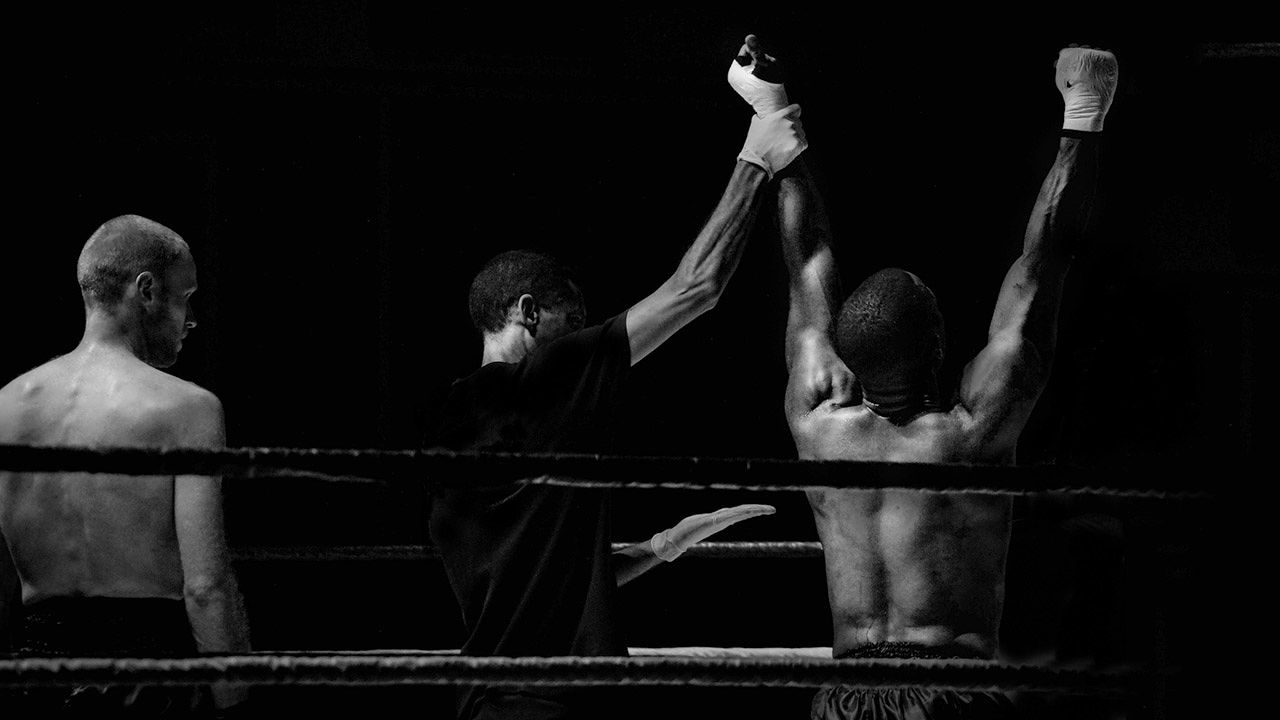Want More Creative Employees? Create Some Conflict.
In school, social settings, and at work, those who challenge the status quo are labeled “troublemakers” and “malcontents.” Business tends to prize a “can-do” attitude and respect for hierarchies. While we tend to valorize bold individualists in the abstract, it’s the team players who get promoted in practice.
That isn’t necessarily an unmitigated failure or a quirk strictly of corporate life. As social creatures, humans are naturally inclined to marginalize those who threaten the stability of the group. That’s helped our species survive and is probably a sound approach to evaluating the guest list to your next cocktail party. But inside companies, it’s more often the source of lost opportunities. Here’s how generating a little friction between your team members can help spark the creative ideas your company needs.
What You Lose By Avoiding Friction
Sure, you may simply want to make sure your team finishes that big project on time. But really effective managers go further. They want their teams to have to reconcile opposing ideas and explore the assumptions behind them—not just execute tasks.
This process is harder, but it often generates additional ideas, each with a new set of assumptions. And as your team digs deeper, the friction that arises continues to provoke discussion and highlights unspoken differences of opinion and core values.
To be sure, that can be a recipe for conflict—if it isn’t channeled correctly. But without it, teams risk falling into patterns of groupthink and succumbing to the overconfidence that accompanies a history of success. Too many teams settle for the “minimum viable idea” without considering that even with a small degree of friction, they might have avoided disaster or turned a good idea into a great one.
How To Tap Into (And Contain) Existing Conflicts
But to suggest that friction is good and leave it at that isn’t enough. Fire in your home can create warmth or burn it down, and it’s the same on teams. A little bit of productive conflict can generate creative thinking, but too much can lead to counterproductive mayhem.
If your team is like most, there’s already some latent friction among certain personalities, and it’s your job as a manager to control it. But you don’t need to neutralize it. Set some ground rules. Ask someone without a polarizing personality or with no clear allegiances to one team member over another to run the next brainstorming session or meeting.
This way, you won’t need to get your two employees whose opinions most often differ to see eye-to-eye. After all, they probably won’t. You just need to create a space for their jostling perspectives.
Setting Expectations For Productive Conflict
For many, any type of conflict in a work setting is very uncomfortable, especially if it includes senior managers. Sometimes the best thing leaders can do is to set expectations for the group meetings that need to generate creative thinking. Let your team know that you anticipate—and even want—some degree of conflict.
Then facilitate the friction that arises with the ground rules you’ve put in place. That might include setting up a speaking order, keeping an eye on the clock to ensure equal speaking time, and discouraging interruptions or cross-chatter.
Appoint someone at the meeting to record the criticism, skepticism, and questions that arise from the meeting—not just its substance. Have them take notes or post them on the wall using sticky notes or a whiteboard. This way you can track the points of disagreement objectively and separate the emotional baggage that accompanies the person from the content of their ideas or concerns. You can revisit those notes more objectively later.
Whatever you do, don’t rush to get to the solution too quickly, force oppositional thinking, or add more ideas before the ones being grappled with have had time to play out.
Manufacturing Friction
Sometimes teams happen to work well together—possibly too well. If you’re trying to break groupthink and don’t already have a source of friction, create the conditions for it. Say that your role is to challenge ideas and ask tough questions. This is hard work. It doesn’t always feel comfortable, but it won’t—and shouldn’t—get personal. Here are three exercises you can try:
1. Ritual dissent: Our friend C. Todd Lombardo, co-author of Design Sprint, turned us on to this structured exercise to extract broad, unfiltered feedback quickly. Each group selects a spokesperson to present their idea to the group as an elevator pitch. The person who presented the idea then literally turns their back to the rest of the group. They cannot speak as the group is prompted to identify anything they dislike about the idea or the presentation, with an emphasis on describing why it won’t work. Instead of responding, the person listening must take the criticism and immediately start working on the next version. The idea is not to defend your ideas but to understand and absorb the criticism in order to seize on new ones.
2. Playing public defender: Once you’ve landed on an idea or plan, bring your team together and break it into two groups: one will promote the new idea, and the other must defend the status quo and argue why this idea won’t work and shouldn’t be adopted. Give each group 10 minutes to present, then 10 minutes to respond. After you’ve finished, assemble all the issues and ideas that have arisen and discuss which ones need addressing before moving forward.
3. Appoint a naysayer: When you’re holding a planning meeting, assign someone to play the role of naysayer. With every new idea, they chime in with why the concept won’t work or can’t be accomplished. They highlight the barriers and hurdles to be overcome. Another team member serves as the scribe and records every objection. At the end of the meeting, review the list and discuss which of the challenges the naysayer raised merit further discussion before moving to the next step.
Friction and conflict can be useful, especially in controlled situations. By creating it, you force your team to embrace a different perspective and, hopefully, come to see things more holistically. So the next time you’re fretting about adding someone with a challenging personality to your team or looking to break a uniform way of thinking, try adding a little conflict. When your team members butt heads, creative things may be more likely to come out of them.
Parker Lee is president of Compass52, and Matt Morasky is a Senior Consultant and Associate Creative Director at XPLANE. They are co-authors of The Art of Opportunity.
Fast Company , Read Full Story
(38)



